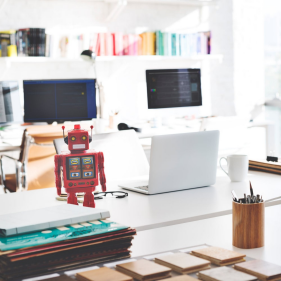Our research on society’s most complex challenges is global in scope and cuts across sectors and industries. These trends will affect everyone: government and business, startups and incumbents, small businesses and multinational corporations...
-
 Read More
Read MoreTheme Anticipating physical impacts, evolving government imperatives, and new commercial opportunities.Climate Resilience
-
Read More
Theme Interpreting the macro-level risk landscape to shape strategies for resilience, transformation, and growth.Emerging Risks
-
Read More
Theme Unlocking the full potential of generative AI with Marsh McLennan’s Expertise and Firsthand ExperienceGenerative AI
-
Read More
Theme Leveraging emerging technologies to enhance wellness and curb expenditures in the face of increasing longevity.Healthy Societies
-
Read More
Theme Developing the interdependent platforms and systems for modern life through public-private partnerships.Innovations in Infrastructure
-
Read More
Theme Securing advantage from new digital capabilities while managing increasing cyber risk.Transformative Technologies
-
 Read More
Read MoreTheme Optimizing workforce and talent development strategies in the face of demographic and technological change.Workforce for the Future
